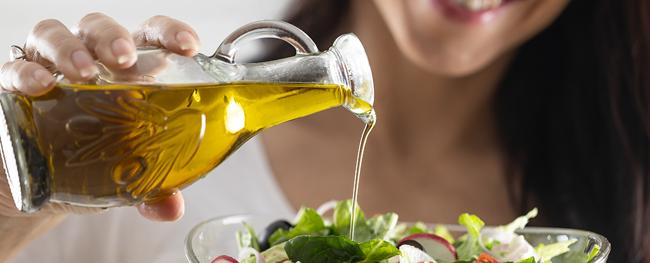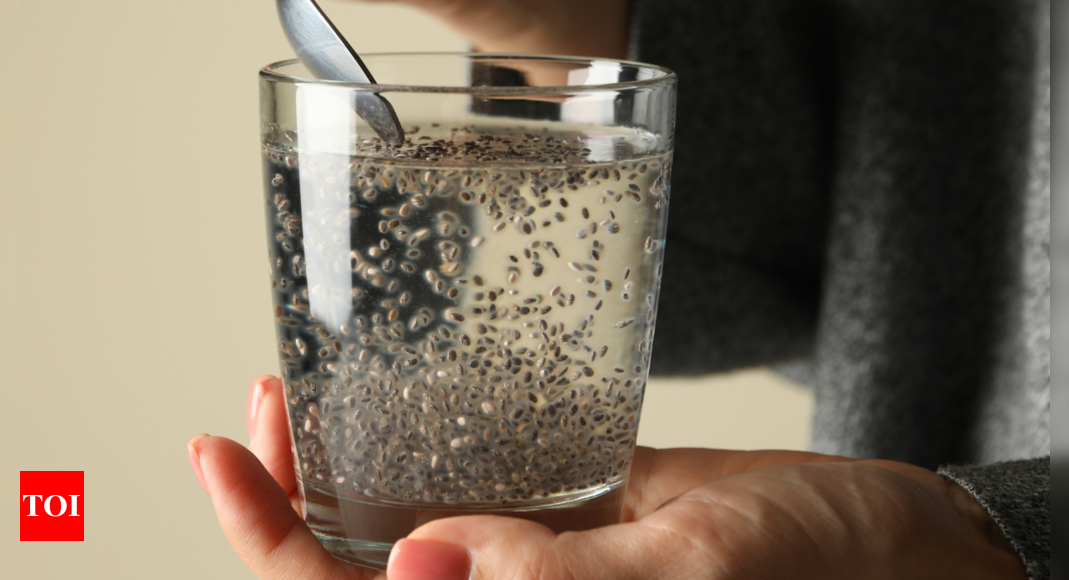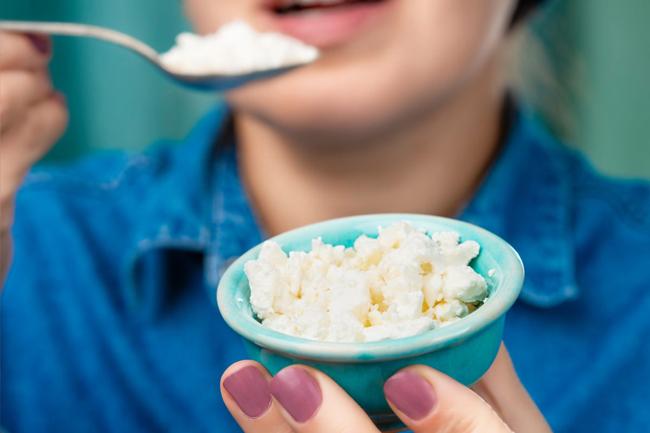Summary
There’s now lots of evidence which shows that our own diets and the foods we eat can influence the outcome if we are unlucky enough to suffer from cancer.
Source: ScienceAlert

AI News Q&A (Free Content)
Q1: What are the potential health risks associated with the use of certain cooking oils in relation to cancer?
A1: Certain cooking oils, when used repeatedly or at high temperatures, can release harmful compounds like acrylamide and aldehydes, which are linked to cancer risk. Studies suggest that oils such as corn oil, when overheated, can produce these toxic substances. These compounds can cause oxidative stress and inflammation in the body, which are risk factors for cancer development.
Q2: How does the preparation method of cooking oil influence its health impact, particularly concerning cancer risk?
A2: The method of cooking, such as frying at high temperatures, can significantly impact the healthiness of cooking oils. Stir-frying, which involves cooking ingredients quickly in hot oil, may reduce the formation of harmful substances compared to deep frying. However, maintaining moderate temperatures and using oils with higher smoke points can mitigate the production of carcinogenic compounds.
Q3: What recent studies have been conducted on the link between cooking oil usage and cancer, and what are their findings?
A3: A recent study highlighted the presence of nitrosamines, potentially carcinogenic compounds, in the atmosphere due to cooking emissions. These compounds, found in high concentrations during cooking, especially in winter, have been linked to increased cancer risk. The study underscored the importance of proper ventilation and using oils with lower emission potentials to reduce health risks.
Q4: What are nitrosamines, and why are they significant in the context of cooking oils and cancer?
A4: Nitrosamines are chemical compounds that can form during high-temperature cooking and are considered carcinogenic. They are significant as they can be released into the air during cooking with certain oils, contributing to increased cancer risks. The concentration of these compounds can vary with seasonal changes, being more prevalent during colder periods when indoor cooking is more frequent.
Q5: Are there any regulatory guidelines on the safe use of cooking oils to minimize cancer risk?
A5: Regulatory bodies like the FDA and WHO provide guidelines on the safe use of cooking oils, emphasizing the importance of not overheating oils and using those with higher smoke points. They recommend using fresh oil for frying and avoiding the reuse of oils to prevent the buildup of harmful compounds.
Q6: What are some alternative cooking practices that can reduce cancer risk associated with cooking oils?
A6: Alternative cooking practices include using oils with higher smoke points like avocado or coconut oil, employing cooking methods such as baking, steaming, or grilling, and improving kitchen ventilation to reduce the inhalation of harmful emissions. These practices help minimize the formation of carcinogenic compounds.
Q7: How does the type of oil affect its safety in cooking, particularly regarding cancer prevention?
A7: The type of oil affects its safety, as oils with lower smoke points tend to break down at lower temperatures, releasing harmful compounds. Oils like olive oil, which have higher smoke points, are generally safer for cooking at higher temperatures, thereby reducing the risk of generating cancer-causing substances.
References:
- Cooking - Wikipedia
- Corn oil - Wikipedia
- Seasonal variations, source apportionment, and health risk assessment of nitrosamines in inhalable particulate matter (PM) in the atmosphere of Zonguldak, Türkiye





